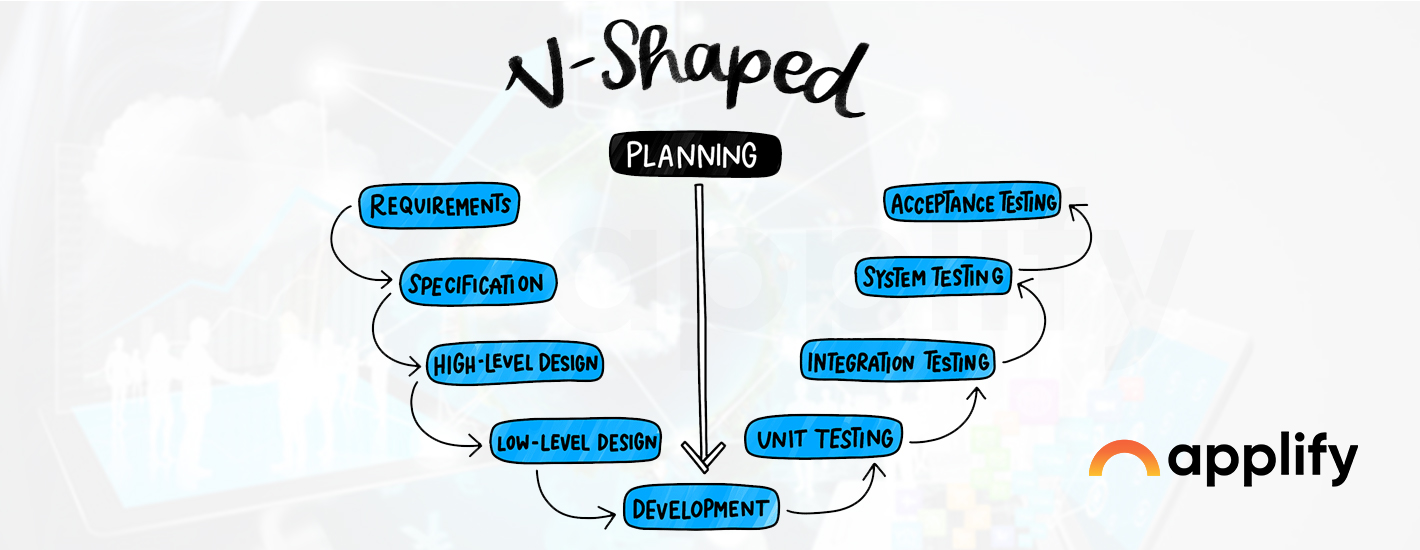
Software development is the process of designing, coding, testing, and maintaining software applications. In this article, we provide a comprehensive guide to understanding how software development works. We explore the stages involved, the methodologies used, and the key roles that contribute to successful software development projects.
Stages of Software Development:
- Requirements Gathering: The process starts with gathering requirements by understanding the client's needs, objectives, and desired functionality of the software application.
- Design and Planning: In this stage, the software architecture and system design are created. The team determines the technology stack, database structure, and user interface design.
- Development: The development stage involves coding the software using programming languages, frameworks, and libraries. Developers work closely with the design specifications to build the desired functionality.
- Testing and Quality Assurance: Rigorous testing is performed to ensure the software meets the required standards and functionality. This includes unit testing, integration testing, and user acceptance testing.
- Deployment: The software is deployed to the target environment, which may include servers, cloud platforms, or mobile app stores. It involves configuring the software, setting up databases, and ensuring proper installation.
- Maintenance and Support: After deployment, the software requires ongoing maintenance and support. This includes bug fixes, feature enhancements, and addressing user feedback or issues.
Methodologies in Software Development:
- Waterfall: A traditional linear approach where each stage follows a sequential order. Requirements are gathered upfront, and each stage is completed before moving to the next. It provides clear documentation and is suitable for projects with well-defined requirements.
- Agile: A flexible and iterative approach that emphasizes collaboration and adaptability. Development is divided into short iterations called sprints, allowing for continuous feedback and adjustments. Agile methodologies include Scrum, Kanban, and Extreme Programming (XP).
- DevOps: A methodology that combines software development (Dev) and IT operations (Ops). It focuses on continuous integration, delivery, and deployment, promoting collaboration between development and operations teams.
Key Roles in Software Development:
- Software Developer/Engineer: Responsible for writing code, implementing functionality, and ensuring the software meets quality standards.
- Project Manager: Oversees the software development project, manages timelines, resources, and ensures successful delivery.
- Quality Assurance (QA) Engineer: Conducts testing and quality assurance activities to identify and fix bugs or issues in the software.
- UI/UX Designer: Creates the user interface (UI) and user experience (UX) design to enhance usability and user satisfaction.
- Business Analyst: Collaborates with clients and stakeholders to gather requirements, analyze business processes, and ensure the software meets business objectives.
Conclusion:Software development is a complex and iterative process that requires careful planning, coding, testing, and maintenance. Understanding the stages involved, the methodologies employed, and the key roles in software development is essential for successful project execution. Whether you opt for the traditional Waterfall approach or embrace the flexibility of Agile or DevOps, the goal is to deliver high-quality software that meets user needs. Stay connected with Applify to explore more insights and trends in the world of software development. Visit Applify to hire developers online.
















